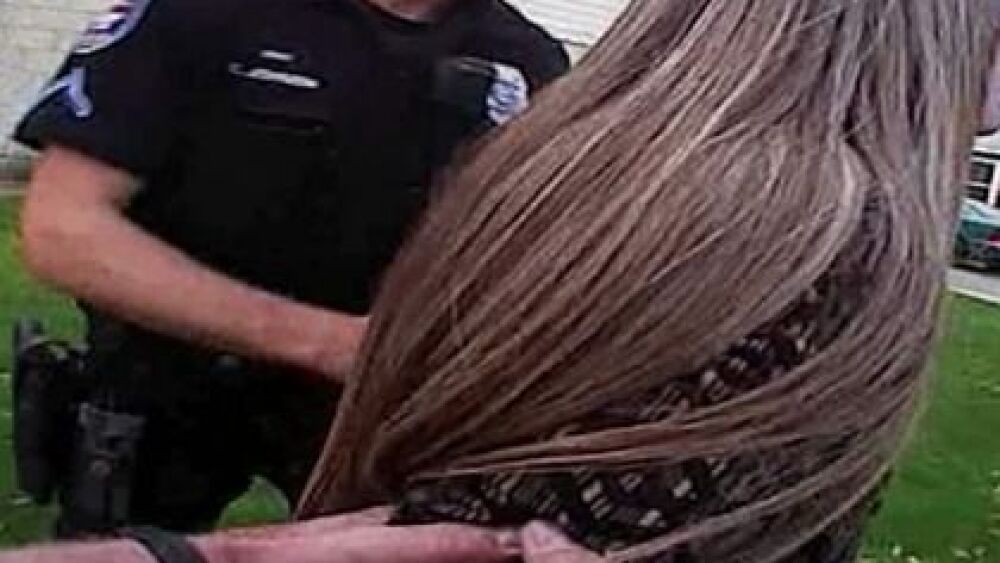Body-worn camera systems offer many benefits to police departments, not least of which is their value as a training tool.
Post-hoc review of new officer (or cadet) behavior during recorded encounters provides immediate feedback, including both positive review and constructive criticism, and can help identify best practices in handling critical incidents.
This article contains effective strategies for using bodycam footage to train officers.
Establishing the value of the training
Reviewing BWC video footage is paramount to the long-term success of a BWC program within a department. Establishing buy-in from leadership and officers about the value of BWC video footage review for training is important to help ensure ongoing commitment to the training and, equally important, maintain morale when officers are aware their footage is being reviewed by their peers.
There are many ways an agency can set up BWC video footage review training. For the training to be effective, the department must create a systematic approach for implementing the training. This is important for assessing how well the training is working and what improvements need to be made.
It is important to understand the rationale or the “why” BWC video footage review training matters. Below are five reasons to implement BWC video footage review for on-going training:
- Informs future decision-making;
- Sheds light on positive and negative citizen encounters;
- Helps officers learn from one another;
- It is cost-effective;
- Could be an opportunity for continuing education credits.
Fully leveraging BWC system capabilities by adding BWC video footage review as an officer training component will help with long-term programmatic funding and sustainability. As departments continue to experience budget constraints, it will be easier for them to request continuation funding from city management because the department will be able to point to its full utility of the technology.
Getting your training program started
Police departments need to implement a systematic approach for using BWC video footage review to train officers. Being systematic establishes routine among officers, measures how well the training is working and allows for ongoing improvements in how the training is delivered. Below are five steps a department can take to roll this training out:
- Determine if BWC video footage review will be independent, reviewed as a group or a combination.
- Set up BWC video footage access in a designated viewing room or web portal so that officers have 24/7 access.
- Provide a time- and date-stamped, sign-in sheet or some type of electronic documentation that an officer must sign indicating he or she reviewed the BWC footage. Time and date stamp are important for future auditing purposes.
- For independent review, determine when an officer needs to view the BWC footage. This may be before, during or after a shift.
- For independent review, determine the frequency (daily, weekly, monthly or after a significant incident) in which officers must set-aside time to review BWC video footage.
Maximizing the training
Now that the value of BWC video footage review training is established, and a process plan is developed to roll out the BWC video footage review training, departments can move forward with using these five creative ideas to maximize BWC video footage review training:
- Pre-determine the type of BWC videos officers must watch and align them with specific learning objectives. For example, an agency may have all officers watch BWC video footage that illustrates successful de-escalation techniques and, after watching the footage, each officer must include a summary about what de-escalation methods were used.
- Develop a way to encourage discussion and learning through BWC video footage review. Set up the BWC video footage review in a classroom, have a group of officers watch it at the same time and then ask them to reenact a similar scene. Engage the entire group with a discussion afterwards.
- Quiz officers before and after watching the BWC video footage. Quizzes can be administered during independent or group review. A pre-video quiz may address what the possible outcomes are in a specific scenario. A post-video quiz may include questions about what worked, what was unsuccessful and a summary about what the officer would have done in that scenario.
- Vary the BWC video footage review scenarios. Every call is unique. Showing different types of calls captured on BWCs better prepares officers when responding to a similar scenario. For BWC video footage review training to be effective, departments should show everything from traffic stops, DUIs/DWIs, community policing interactions (citizen engagement) to high-risk warrants and officer-involved shootings. It is important for the agency to balance type of content. Showing multiple scenarios will be more constructive and it will also alleviate officers worrying about feeling they are under the spotlight.
- Have officers create learning lessons or develop a report. Officers can work independently or in small teams to create their own lesson plan or report based on a specific BWC video footage. Officers can identify a video of interest on their own or one can be assigned by the training officer. This is an effective learning strategy.
Not only is fully leveraging BWC systems important to maximizing a department’s return on investment, it also helps with long-term BWC program sustainability. Taking advantage of reviewing BWC video footage is a smart way to provide cost-effective, in-house, peer-to-peer training based on real scenarios that occur in the officers’ jurisdiction.



